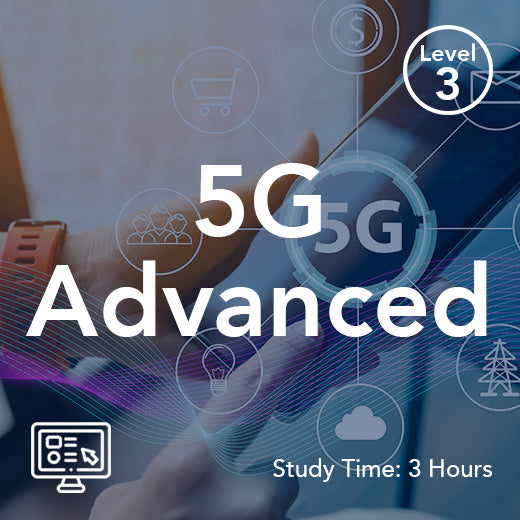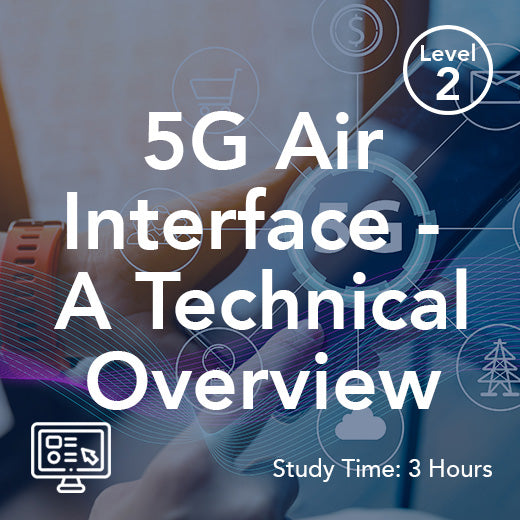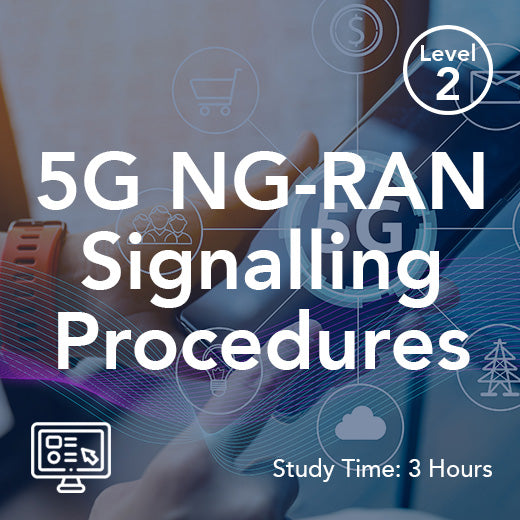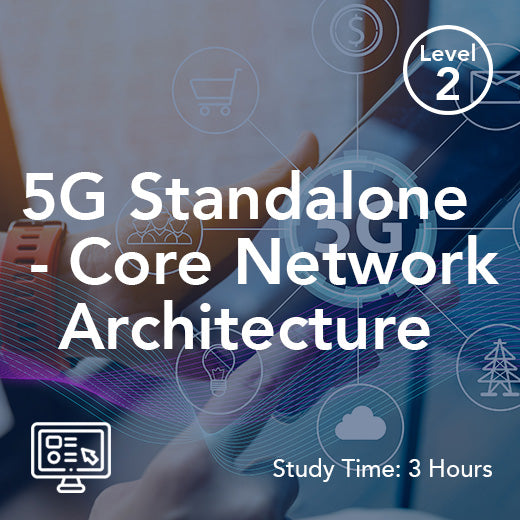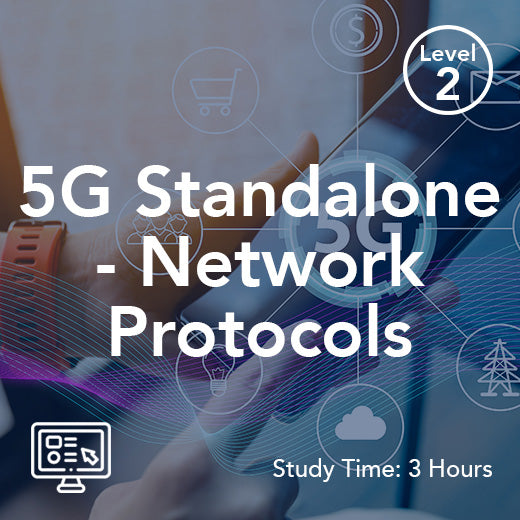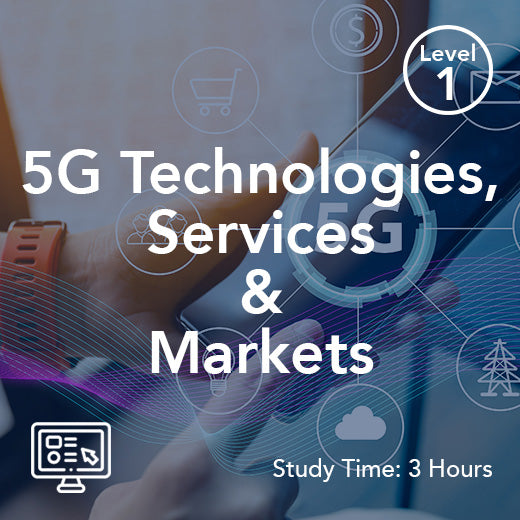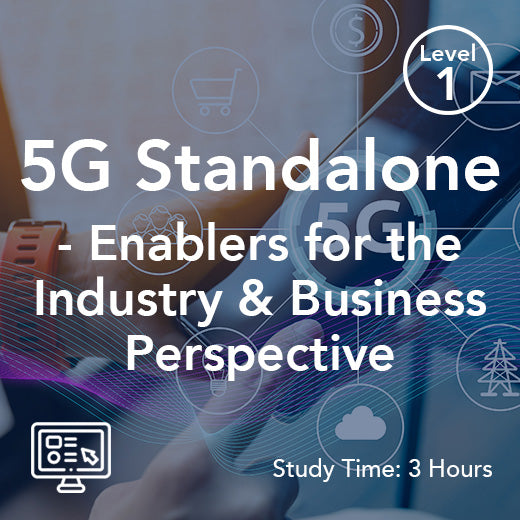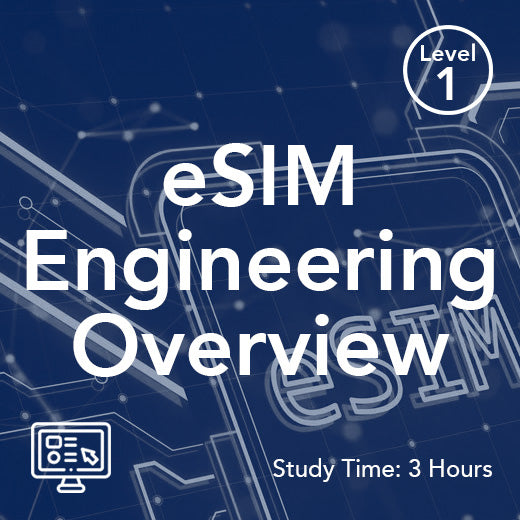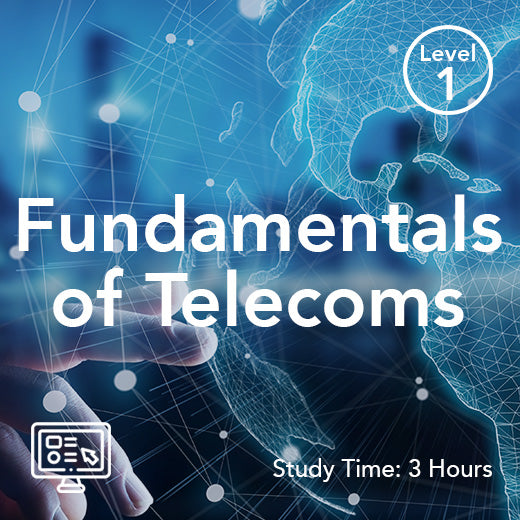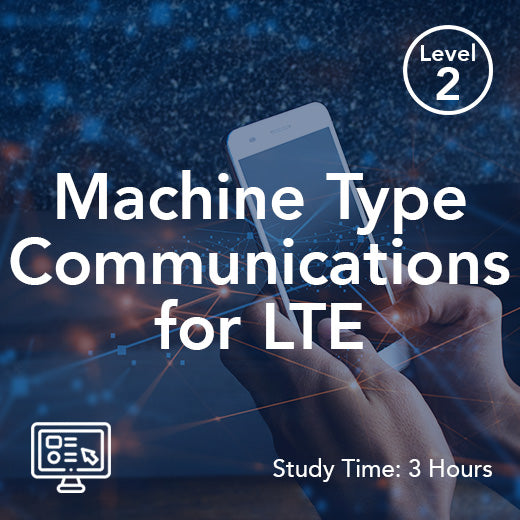What Is Fdd Vs Tdd In 5G Networks?
- , by Stephanie Burrell
- 6 min reading time
FDD (Frequency Division Duplex) and TDD (Time Division Duplex) are two different technologies used in 5G networks to facilitate communication between devices. Both FDD and TDD have their own advantages and disadvantages, and understanding the differences between the two can help network operators and users make informed decisions about which technology to use.
FDD is a technology that uses separate frequency bands for uplink and downlink communication. In FDD, the uplink and downlink channels are separated by a guard band to prevent interference. This means that devices can transmit and receive data simultaneously, which can result in a more stable and reliable connection. FDD is commonly used in LTE networks and has been proven to be effective in providing high-speed data transmission.
On the other hand, TDD is a technology that uses the same frequency band for both uplink and downlink communication, but divides the time into separate slots for transmitting and receiving data. This means that devices take turns transmitting and receiving data, which can result in slightly lower data speeds compared to FDD. However, TDD is more flexible in terms of allocating resources and can adapt to changing network conditions more easily.
In 5G networks, both FDD and TDD technologies are being used to provide high-speed data transmission and low latency communication. FDD is being used in the sub-6GHz frequency bands, while TDD is being used in the mmWave frequency bands. This allows network operators to take advantage of the strengths of both technologies and provide a more robust and reliable network for users.
Combining TDD and FDD can optimize network performance by improving coverage and capacity. By aggregating the two techniques, mobile operators can enhance average speeds and increase bandwidth for users, ultimately leading to a more efficient and faster 5G experience. Effective bandwidth allocation is crucial for ensuring high-speed data delivery, particularly in urban environments where demands fluctuate.
One of the key differences between FDD and TDD is the way they handle interference. In FDD, interference between uplink and downlink channels is minimized by using separate frequency bands. In TDD, interference is managed by adjusting the timing of transmissions to avoid collisions. This means that TDD can be more efficient in terms of spectrum utilization, as it can dynamically allocate resources based on network conditions.
Another important consideration when choosing between FDD and TDD is the deployment scenario. FDD is better suited for scenarios where there is a need for high data speeds and stable connections, such as in urban areas or indoor environments. TDD, on the other hand, is better suited for scenarios where there is a need for flexibility and scalability, such as in rural areas or outdoor environments.
In conclusion, FDD and TDD are two different technologies used in 5G networks to facilitate communication between devices. Both technologies have their own strengths and weaknesses, and understanding the differences between the two can help network operators and users make informed decisions about which technology to use. By leveraging the strengths of both FDD and TDD, network operators can provide a more robust and reliable network for users, with high-speed data transmission and low latency communication.
Introduction to 5G Networks
The fifth generation of wireless technology, known as 5G, is revolutionizing the way we communicate and access information. 5G networks offer faster speeds, lower latency, and greater connectivity than their predecessors, making them a game-changer in the world of wireless communication. Two key technologies used in 5G networks are Frequency Division Duplex (FDD) and Time Division Duplex (TDD).
FDD and TDD are methods of transmitting and receiving data over wireless communication channels. Understanding the differences between FDD and TDD is essential for network operators to make informed decisions about their infrastructure. FDD uses separate frequency bands for uplink and downlink transmissions, ensuring that devices can transmit and receive data simultaneously without interference. On the other hand, TDD uses the same frequency band for both uplink and downlink transmissions, dividing the time into separate slots for each.
The choice between FDD and TDD depends on various factors, including network conditions, traffic patterns, and the type of applications being supported. 5G networks leverage the strengths of both FDD and TDD to provide high-speed data transmission and low latency communication, ensuring a robust and reliable network for users.
Understanding FDD and TDD
FDD is a method of wireless communication that uses separate frequency bands for uplink and downlink transmissions. This separation allows devices to transmit and receive data simultaneously without interference, resulting in a more stable and reliable connection. FDD is particularly well-suited for applications that require low latency and simultaneous transmission, such as voice calls and video streaming.
TDD, on the other hand, uses the same frequency band for both uplink and downlink transmissions but divides the time into separate slots for each. This means that devices take turns transmitting and receiving data, which can result in slightly lower data speeds compared to FDD. However, TDD is more flexible and can adapt to changing network conditions, making it ideal for applications with dynamic traffic patterns.
TDD is commonly used in LTE networks and is being widely adopted in 5G networks. The use of FDD and TDD in 5G networks enables network operators to optimize their infrastructure and provide better services to their users. Both FDD and TDD have their advantages and disadvantages, and the choice between them depends on the specific needs of the network.
Frequency Band Considerations
The frequency band used by a network can have a significant impact on its performance and coverage. FDD networks typically use paired spectrum, with separate frequency bands for uplink and downlink transmissions. This separation helps prevent interference and allows for simultaneous data transmission.
TDD networks, on the other hand, use unpaired spectrum, with the same frequency band used for both uplink and downlink transmissions. The choice of frequency band depends on various factors, including the type of applications being supported, the network conditions, and the availability of spectrum.
Lower frequency bands, such as those below 1 GHz, are better suited for wide-area coverage and are often used for FDD networks. These bands can penetrate buildings and provide better coverage in rural and suburban areas. Higher frequency bands, such as those above 24 GHz, are better suited for high-speed data transmission and are often used for TDD networks. These bands can support higher data rates and are ideal for urban areas with high traffic density.
Network operators must carefully consider the frequency band considerations when designing and deploying their 5G networks. By choosing the right frequency band, network operators can optimize their infrastructure and provide better services to their users, ensuring a robust and reliable 5G network.

